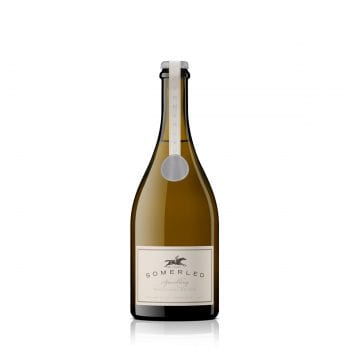…but what does it all mean?!
If you’re a Jockey Club member, then you would have seen your November pack videos which were delivered to your inbox earlier this week. If you haven’t watched, go and do it now! I’ll wait…
As I was listening to Rob and Lu chat about our gorgeous Sparkling Pinot Noir, it got me thinking about how I used to get so confused about some of the terms used to describe Champagne and sparkling wine. And then I thought… well, maybe you do too?!
Be confused no longer as I explain all those fancy words…
blanc de blanc
French for “white from white”. So, in other words, it’s a white wine made from white grapes. It is used to describe sparkling wines made entirely from Chardonnay (or in a very few number of cases, other white varieties).
 blanc de noir
blanc de noir
Or, “white from black”. This one is used to describe white sparkling wine made entirely from red (or literally black) grapes. So, yes… you can use the term to describe our Somerled sparkling which is made from 100% Pinot Noir. The other variety which is (not so) commonly used is Pinot Meunier.
As we know, some Champagne and sparkling wines are made from a blend of white and red grape varieties (just referred to as a blend). So, not everything falls into these two terms.
Vintage versus Non-vintage
This is a pretty serious thing particularly in the Champagne region of France.
The main difference between vintage and non-vintage Champagne is that vintage is made from the grapes of only one year’s harvest. Non-vintage Champagne is a blend of different years’ harvest.
Non-vintage Champagne allows the Champagne houses to provide a reliable “house style” through the blending of various vintages.
Vintage Champagne must be made 100% from the year indicated on the label.
Non-vintage Champagnes will be left to mature for at least 1.5 years. A vintage Champagne must be left for at least three years (but usually longer).
Brut
“Brut” is a word used to describe the sweetness of sparkling wine. Or, in this case, the lack of sweetness. Brut is the term used for very dry Champagne and sparkling.
After brut, in ascending order of sweetness, are extra dry (or extra sec), sec, demi-sec and doux.
Brut is sometimes broken down further into “extra brut” and “brut natural”. “Natural” is the driest of the dry, indicating that no sugar at all has been added.
Watch this space…
We have some pretty exciting news coming!
We’ve kept it under wraps until now, but we will be launching a brand new limited release wine at our Champagne Shopping morning this weekend!
If you’re a club member and are unable to join us this weekend, make sure you keep a VERY close eye on your emails. This one won’t last long!
Loving our blog? Sign up for weekly updates straight to your inbox here.
Quick comparative update…
We’ll revisit all of this next week, but I’ve got a pretty interesting comparison for you. I’ve added another location for our Chardonnay comparison.
Forgive the fact that the photos are taken over the course of a week (and we all know how much can happen in a week). But you can still appreciate the massive difference in sites. The grapes at Mount Lofty hadn’t started flowering when I took that photo on Monday (although they probably have now). Compare that to the size of the berries in the chardonnay at Lake Cullulleraine!
Mount Lofty (18th November)

Adelaide Plains (11th November)

Lake Cullulleraine (15th November)

 blanc de noir
blanc de noir